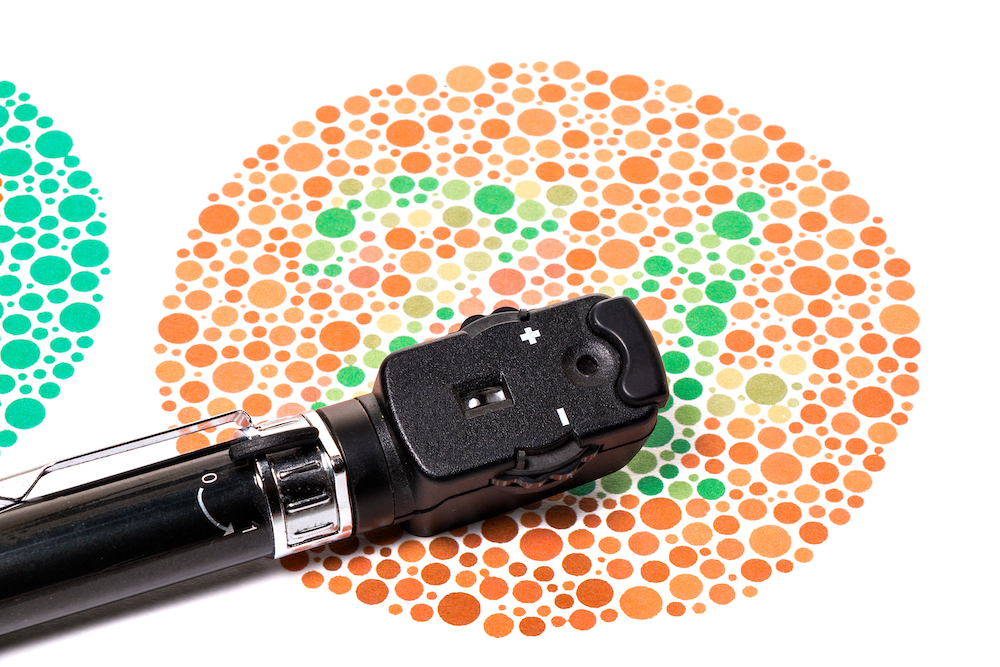
Color vision deficiency, also known as color blindness, is more common than you might expect. Although many people think that being color blind means that you can’t see color at all, that’s not the case. Being unable to see any color, known as complete or total color deficiency, is much rarer. Most people who have color deficiency can see come colors, but struggle to tell the difference between certain shades.
Types of Color Deficiency
There are two main types of color deficiency. Most people who suffer from color vision deficiency struggle to tell shades of red and green apart. Known as red-green deficiency, it affects around 1 in 12 men and 1 in 200 women. People who experience red-green color deficiency usually find it difficult to distinguish between different shades of red, orange, yellow, brown, purple, and green. They may also confuse red with black. People with color deficiency also don’t see colors as vibrantly as those without the condition do, and instead, they will appear much duller and muted.
The other main type of color deficiency is known as blue-yellow color deficiency. As you may have guessed, patients with this type struggle to tell shades of blues and yellows apart, and this can also affect greens too.
What Causes Color Vision Deficiency?
Exactly what causes color vision deficiency is not always able to be identified. For many sufferers, it is an inherited condition that is passed down from at least one parent and is present from birth. However, in some cases, color blindness develops later in life.
Unsurprisingly, being unable to see colors clearly and apart can lead to some problems with day-to-day living. Some of the most common issues that can arise for a person with color vision deficiency include:
Difficulties at school if colors are being used as a learning tool (which is very common)
Struggling with food and cooking, such as being able to tell if meat is properly cooked, fruit and vegetables are ripe or not, and using the correct ingredients in recipes (for example, knowing what color peppers or apples to use)
Identifying safety and warning signs and labels
Safely understanding traffic signals
Identifying medications if colored capsules are used
It’s also important to note that patients with color deficiency may not be able to work in certain careers which require complete uncorrected color vision accuracy. Examples include air traffic controllers, pilots, electricians, and train drivers.
How Do I Know If I Have Color Vision Deficiency?
Most people are able to tell that they are color blind, but it is something that is easily detected by your eye doctor. If you let them know your concerns, they will be able to check this for you. Alternatively, you could take our highly effective online color blindness test.
What Is Color Vision Correction?
Color vision correction is the name of the treatment used to improve the vision of patients with color deficiency. Here at Houston Dry Eye Clinic, we offer our colorblind patients the chance to restore their color vision with renowned ColorView Lenses, which are now available for use in our eyeglass frames. These innovative eyeglass lenses adjust the amount of red, blue, and green color that enter your eyes, allowing your perception of color to be altered. Each set of ColorView lenses is designed specifically for your needs and is tinted with an active coating that enables the surface of the lens to reflect color.
ColorView lenses are a suitable solution for patients who have red-green color deficiency. If you would like to find out more about color vision correction and how ColorView lenses could help you to experience life in vivid technicolor again, please schedule an appointment with Houston Dry Eye Clinic in Houston, Texas by calling us at (713) 664-4760.




